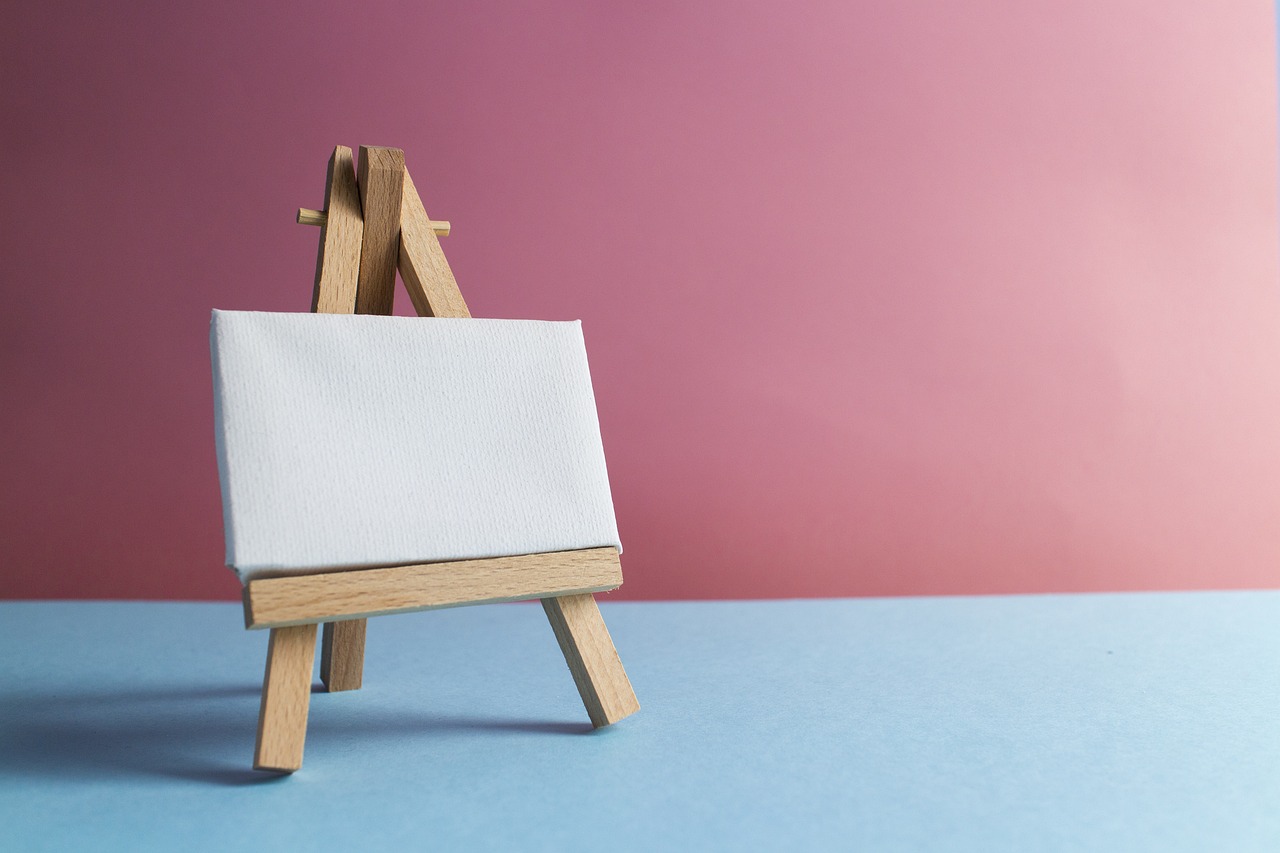The Intersection of STEM and Creativity in Education
One significant hurdle in merging STEM and creativity in education is the traditional emphasis on rote memorization and standardized testing. This rigid approach often leaves little room for students to explore their creativity, experiment, and think outside the box within STEM subjects. As a result, many students may struggle to see the connections between science, technology, engineering, and math, and creative thinking.
Additionally, the lack of professional development and training for educators in incorporating creative elements into STEM curricula poses a challenge. Teachers may feel overwhelmed by the prospect of adding creativity to their already packed lesson plans, especially if they do not have the resources or support to do so effectively. Without proper guidance and resources, educators may find it difficult to inspire and nurture students’ creativity alongside teaching the fundamental concepts of STEM disciplines.
The importance of fostering creativity in STEM disciplines
Fostering creativity in STEM disciplines is crucial for preparing students to tackle complex real-world problems. When students are encouraged to think outside the box, they can approach challenges with innovative solutions. Creativity enhances their problem-solving skills and allows them to explore new possibilities in science, technology, engineering, and mathematics. By nurturing creativity alongside technical knowledge, students can become more versatile and adaptable professionals in the rapidly evolving workforce.
Moreover, integrating creativity in STEM education helps to bridge the gap between different disciplines. It encourages students to see connections between traditionally separate fields, fostering a holistic understanding of the world. Creativity enables learners to combine artistic expression with scientific principles, leading to groundbreaking innovations and advancements. Emphasizing creativity in STEM disciplines not only enhances academic performance but also cultivates a mindset that values experimentation, collaboration, and continuous learning.
• Encouraging students to think outside the box enhances problem-solving skills
• Creativity allows for exploration of new possibilities in STEM fields
• Nurturing creativity alongside technical knowledge makes students more versatile professionals
• Integrating creativity in STEM education bridges gaps between disciplines
• Seeing connections between fields fosters a holistic understanding of the world
• Combining artistic expression with scientific principles leads to innovations and advancements
• Emphasizing creativity in STEM disciplines enhances academic performance
• Cultivates a mindset that values experimentation, collaboration, and continuous learning
Benefits of incorporating art and design in STEM curriculum
Through the incorporation of art and design within STEM curriculum, students are able to approach problems from multiple perspectives. This interdisciplinary approach fosters a deeper understanding of complex concepts and encourages innovative thinking. By blending artistic elements with scientific principles, students can develop a more holistic view of the world around them.
Furthermore, integrating art and design in STEM education allows students to enhance their communication and collaboration skills. Through engaging with different forms of expression, students learn to convey their ideas effectively and work together to create solutions for real-world problems. This collaborative approach not only enriches the learning experience but also prepares students for future careers that require both technical expertise and creativity.
What are some challenges in integrating STEM and creativity in education?
Some challenges include the perception that STEM subjects are separate from creative disciplines, lack of resources or training for teachers to incorporate art and design in STEM curriculum, and the pressure to focus solely on standardized testing.
Why is fostering creativity important in STEM disciplines?
Fostering creativity in STEM disciplines helps students develop critical thinking skills, problem-solving abilities, and innovative thinking. It also encourages students to think outside the box and approach problems from different perspectives.
What are some benefits of incorporating art and design in STEM curriculum?
Some benefits include enhancing students’ creativity and innovation, promoting interdisciplinary learning, improving students’ spatial reasoning skills, and making STEM subjects more engaging and accessible to a wider range of students.







